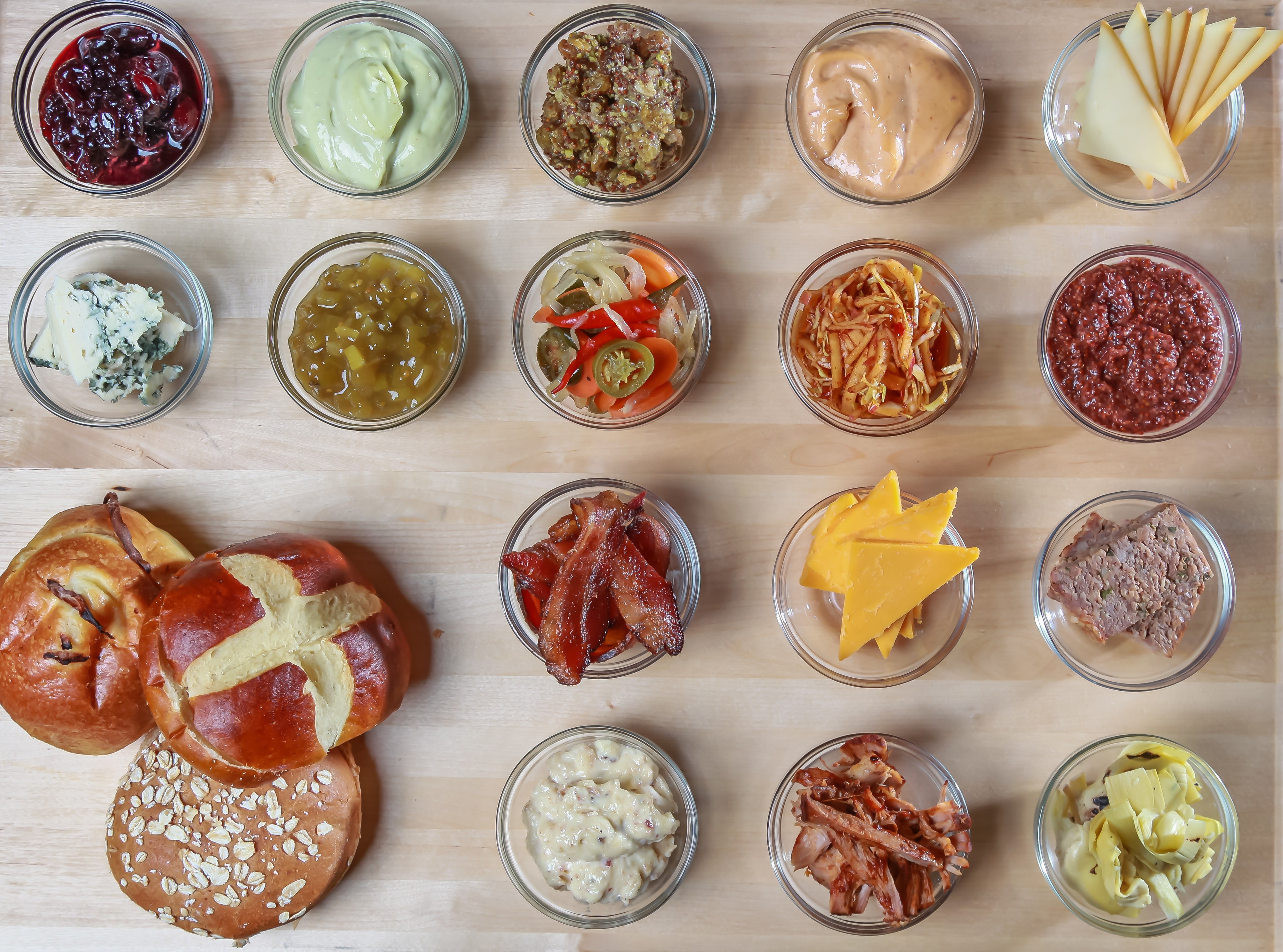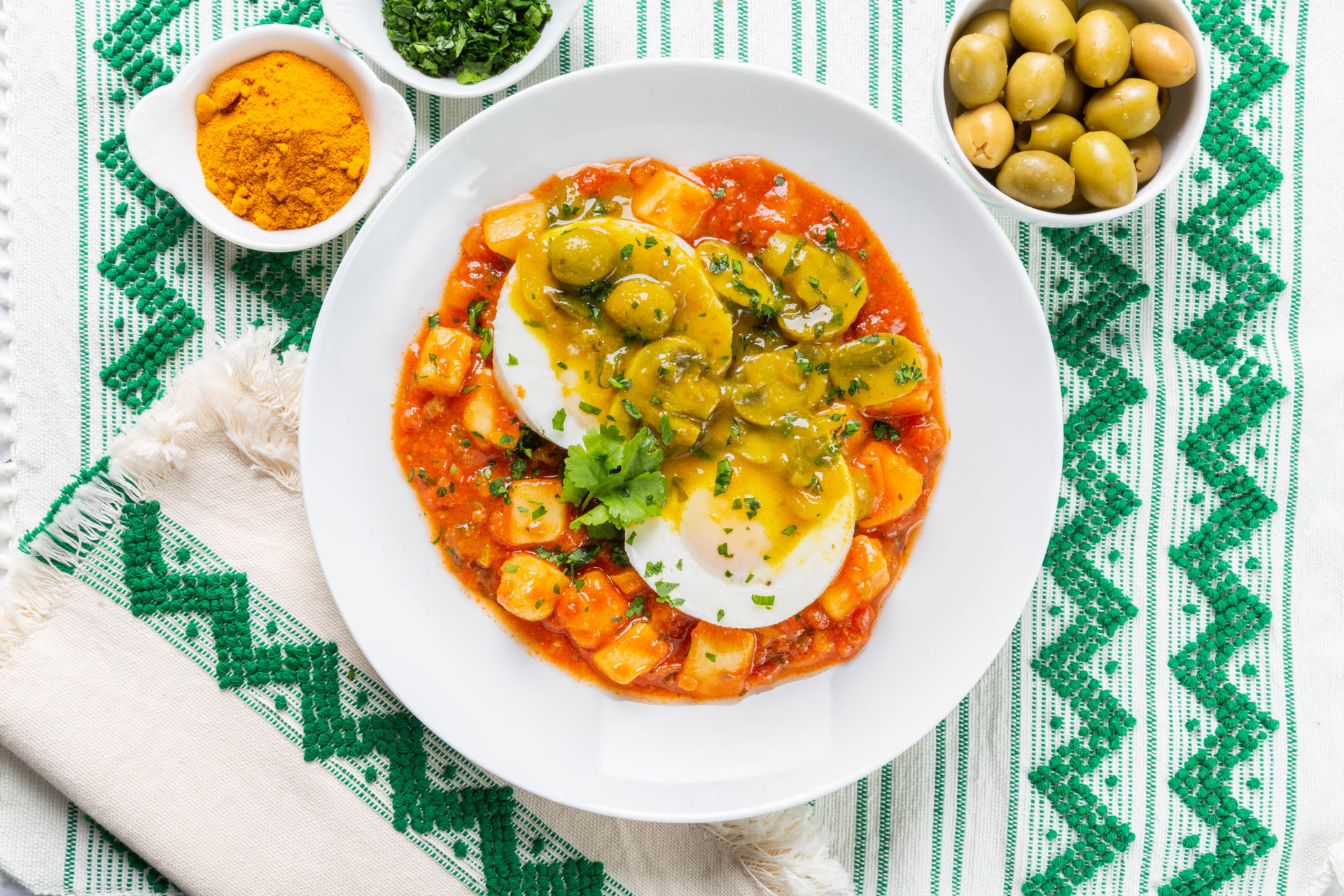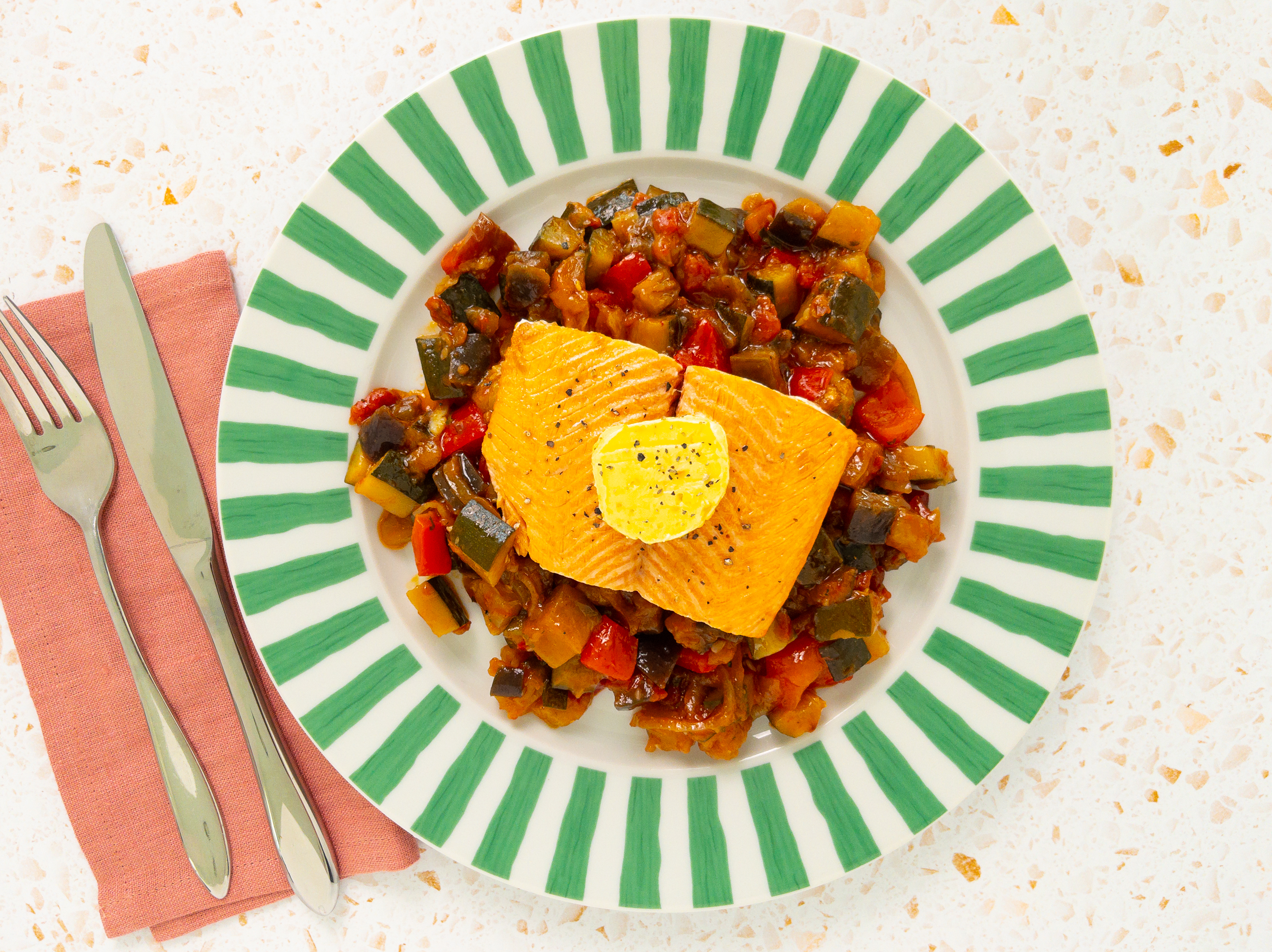Processed food: what is it and why avoid it?

Many of us have been told to stay away from “processed foods” to eat healthier. However, it can be difficult to know where to draw the line. Are raisins unhealthy because they’ve been dried? Do we need to stop eating cheese or olive oil? Read on to find out what we really mean when we talk about processed foods and their health concerns.
What is processed food?
Processed food can be better understood by breaking it down into 4 groups, according to the Nova food categorisation.
Group 1: Unprocessed or minimally processed
This covers fresh fruits and vegetables but also some basic preparation which doesn’t significantly alter the original product. For example, frozen peas or dried herbs would count as minimally processed as nothing has been added to them. Anything that you buy that’s already sliced or peeled would also count as minimally processed. This category is full of good stuff and isn’t associated with negative health effects.
Group 2: Processed culinary ingredients
This covers ingredients like butter, olive oil and salt. The ingredients have been processed but are typically used in small amounts to help with cooking or seasoning. While it’s not recommended to eat a lot of these ingredients, or to eat them by themselves, they aren’t believed to negatively impact health in small quantities.
Group 3: Processed foods
This covers food that is made by combining ingredients from group 1 and 2. For example cheese that’s made by churning milk, adding salt to flavour, and then aging would fall in this category. A loaf of bread that’s freshly made or a bag of salted nuts also counts as “processed”. These foods have been modified but you’ll still recognise everything on the ingredients list.
Group 4: Ultra-processed foods
Ultra-processed foods usually contain ingredients that you wouldn’t add to your home cooking such as chemical sweeteners or preservatives. These are the foods that have been most linked to poor health outcomes and weight gain in various studies. Many of these foods have lower nutrients and higher calories.
Some products can be processed or ultra-processed depending on how they’re prepared. Taking the cheese example from before it’s possible to make it with only milk and salt, but when mass manufacturers may also add stabilisers and colourings tipping it into group 4.
The table below helps to give an idea of what falls in the different groups:
|
Minimally processed |
Processed |
Ultra-processed |
|
Wheat |
Homemade bread |
Hot-dog buns |
|
Milk |
Traditional cheese |
Cheese strings |
|
Oats |
Porridge |
Sugared cereal |
|
Tomatoes |
Fresh salsa |
Ketchup |
|
Peanuts |
Salted peanuts |
Peanut butter |
|
Corn on the cob |
Tinned sweetcorn |
Tortilla chips |
|
Rice |
Egg-fried rice |
Tinned rice pudding |
|
Pork chop |
Bacon |
Frankfurters |
Why is processed food bad for you?
Heavily processed foods have been linked to weight gain and obesity. These foods often include more salt, sugar and fat than would be recommended in a healthy diet. On top of that, the sugar can have addictive properties leading to over-eating. Some research also suggests that these foods are easier to digest so your body burns fewer calories.
Finally, processing can also remove nutrients, meaning these foods have fewer of the vitamins our body needs to be healthy.
How to avoid ultra-processed food
- Avoid heavily branded products: Products with bright labels and big brand campaigns are likely to be made in a factory. Fresh bread in a paper bag is likely to be in group 3 whereas branded bread in plastic packaging is more likely to be in group 4.
- Buy food that looks like food: roast chicken or a whole fish are unlikely to contain a lot of additives, whereas the same can’t be said for chicken nuggets or fish fingers.
- Focus on products with Nutri-score A & B: In general, ultra-processed foods will have a worse Nutri-score due to the higher fat, sugar, and salt content, so aiming for foods with a better score will help you avoid them.
- Check the label for ingredients you don’t recognise: if there are a lot of chemicals listed on the ingredients list, that’s a good sign that the dish has been mass manufactured and is likely to be ultra-processed.
- Buy fresh fruit and veg to cook at home: while it may be more effort, cooking from scratch is one way to ensure you’re getting plenty of group 1 foods that are nutrient rich.
Looking to avoid processed food without cooking from scratch?
At Powermeals we make healthy ready-to-eat meals for when you don’t have time to cook. We focus on real cooking with real ingredients and no nasties. Check out our menu.


